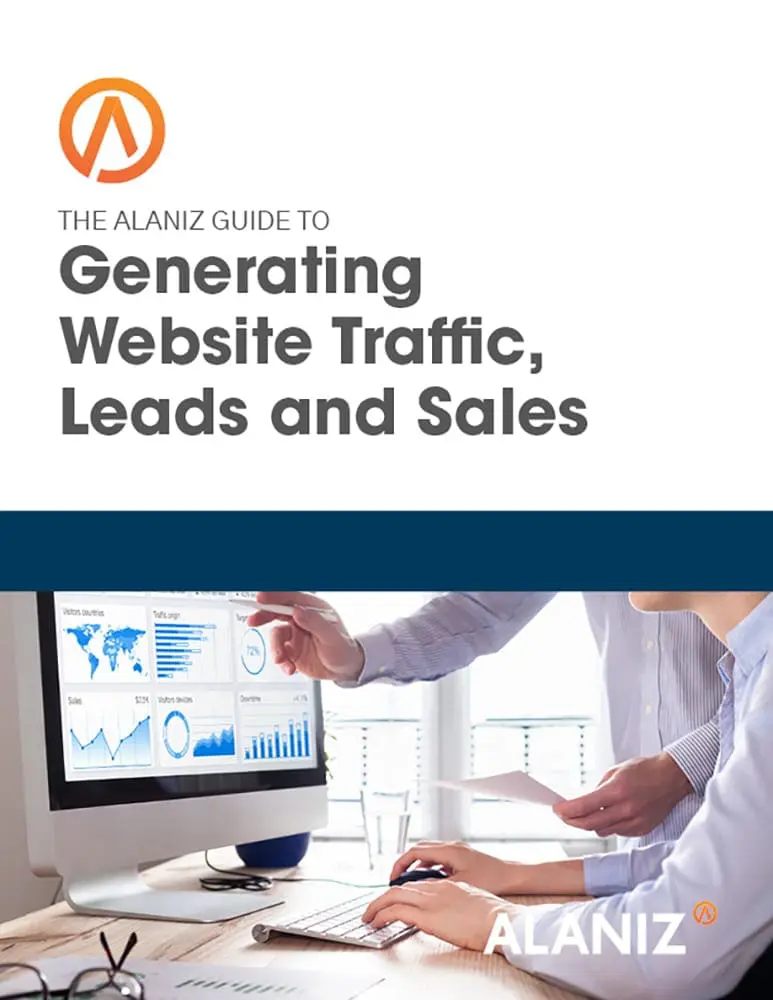According to the Content Marketing Institute, 83 percent of B2B marketers use email marketing. Why? Because done right, it works. What does “done right” mean? Let’s look at some best practices that make email marketing campaigns that recipients will love.
- Help don’t sell. If you’re marketing a product or sharing information via a newsletter, the fundamental rules of content marketing apply. Educational material that helps people solve problems beats sales pitches every time–especially in the B2B world. Typically, you’re not dealing with impulse shoppers and you’re not trying to trick someone into buying something. The opportunity is to build trust or build on trust already established. Make sure your content is useful.
- Use clear subject lines. Your subject line should be true to what people will find in the email. Again–no tricks. If you bait someone into clicking on an email based on a subject that isn’t related to the email, it will likely be the last click you get. This goes for headlines, subheads, images, and calls to action. They should all be related.
- Make it mobile responsive. According to U.S. consumer data, some 65 percent of emails are opened on a mobile device. 69 percent of mobile users delete emails that are not mobile-optimized. Your design needs to be scalable to a mobile display, presenting large text, clear calls to action, and clarity about what you’re offering at first glance.
- Keep it short. Along with mobile-friendly design, you should keep your messages short. People are looking for a quick read, especially when they’re on the go.
- Make it fast. Slow loading speeds are a major reason people abandon emails and bail out when they click on links. Mobile users aren’t going to wait around. Make sure your content and design are optimized for high speed loading times.
- Make it personal. Most email platforms enable merge fields that allow you to personalize greetings, addressing contacts by their first names. Some also offer personalization in subject lines and in graphics. Some experts recommend taking personalization to a new level, for example using oversized type so that the user’s name is the visual centerpiece, and so it doesn’t look like everybody else’s email. Some platforms allow you to pull in contacts’ photos from social networks as well.
- Give them something special. If people have opted-in to receive emails from you, you already have a foot in the door. They asked to hear from you. Giving these subscribers exclusive information, offers, or updates that you don’t push out on your website or mass broadcast channels helps build loyalty and trust.
- Make it relevant. In the age of big data, people expect you to know who they are based on past interaction with your company or your brand. This can be difficult to accomplish without a full-fledged marketing automation platform like HubSpot or SharpSpring. These products use advanced contact management features that allow you to score and segment users based on their behavior on your websites and with your emails.
- Be patient. Not everyone is going to click through to a call to action immediately, especially in big ticket, considered B2B purchases. They will get to know you over time and contact you when they feel comfortable.
In spite of the proliferation of email marketing, it can still work if it is respectful of your audience. People hate spam, so don’t send it. People want offers that help them when they need it. Think about it–do you like content that helps you do your job? You probably do. Everyone is looking for an edge, something that will make their job or business incrementally or dramatically better. Show that you know your audience and you are trying to help them do their work, and you will have success.




